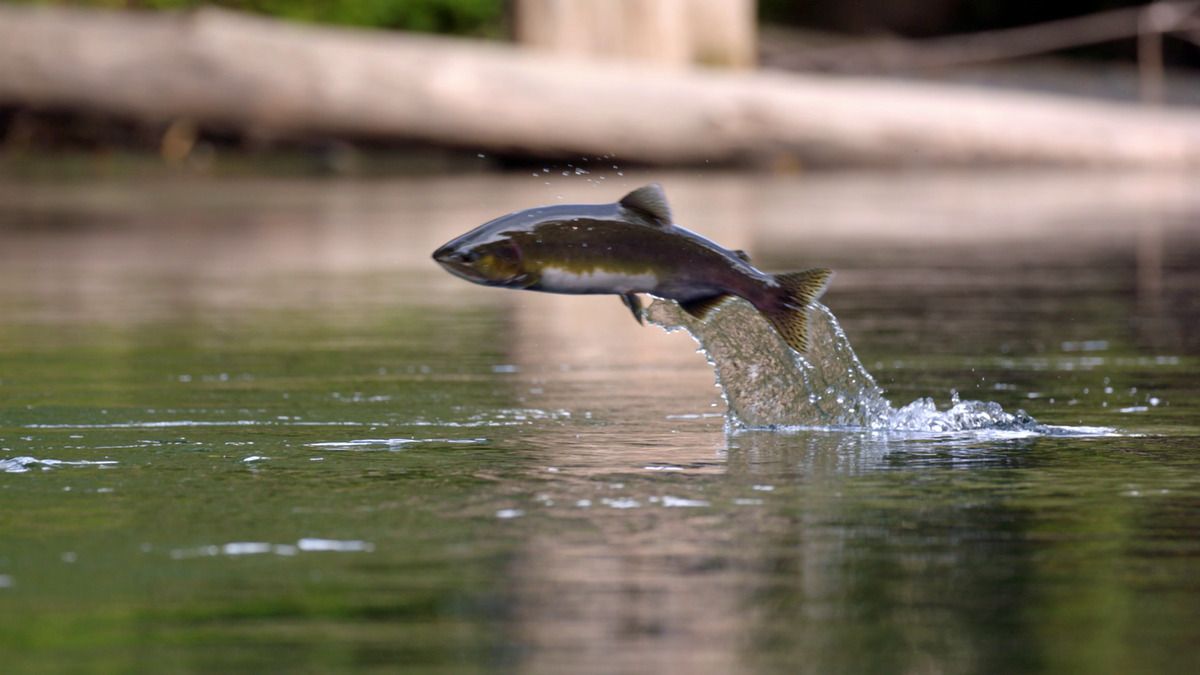Salmon River’s Tribal Salmon Restoration Projects

Have you ever wondered how Tribal Salmon Restoration Projects on the Salmon River are making a difference? These initiatives are crucial for preserving salmon populations and maintaining the river's ecosystem. Local tribes have a deep connection to the river and its fish, relying on them for food, culture, and tradition. By implementing sustainable practices, they aim to restore salmon habitats, improve water quality, and ensure the species' survival. These projects not only benefit the environment but also support the cultural heritage of the tribes. Let's dive into how these efforts are transforming the Salmon River and why they matter.
Salmon River's Tribal Salmon Restoration Projects
The Salmon River, known for its breathtaking beauty and rich biodiversity, has long been a vital habitat for salmon. Tribal communities have taken significant steps to restore and protect these precious fish. Here are some of the most impactful projects.
Habitat Restoration
Restoring natural habitats is crucial for salmon survival. Tribal efforts focus on creating environments where salmon can thrive.
Riparian Planting: Tribes plant native vegetation along riverbanks to stabilize soil, reduce erosion, and provide shade, which cools the water for salmon.
Streambed Reconfiguration: By altering streambeds, tribes create more pools and riffles, offering better spawning and rearing habitats for salmon.
Large Woody Debris Placement: Placing logs and branches in streams creates hiding spots for young salmon, protecting them from predators.
Fish Passage Improvements
Barriers like dams and culverts can block salmon migration. Tribes work to remove or modify these obstacles.
Dam Removal: Removing outdated or unnecessary dams allows salmon to access upstream spawning grounds.
Culvert Replacement: Replacing old culverts with fish-friendly designs ensures salmon can pass through easily during migration.
Fish Ladders: Installing fish ladders at necessary barriers helps salmon navigate around obstacles.
Water Quality Enhancement
Clean water is essential for salmon health. Tribes implement projects to improve water quality in the Salmon River.
Sediment Control: Reducing sediment runoff from roads and construction sites prevents water pollution, keeping habitats clean for salmon.
Nutrient Management: Managing agricultural runoff reduces excess nutrients in the water, preventing harmful algal blooms that can deplete oxygen levels.
Temperature Regulation: Planting trees and shrubs along riverbanks helps regulate water temperature, creating a more suitable environment for salmon.
Monitoring and Research
Understanding salmon populations and their needs is key to effective restoration. Tribes conduct extensive monitoring and research.
Fish Counting Stations: Setting up stations to count migrating salmon provides data on population sizes and trends.
Tagging and Tracking: Tagging salmon with electronic devices allows researchers to track their movements and gather information on their behavior.
Genetic Studies: Analyzing the genetic makeup of salmon populations helps identify distinct groups and their specific needs.
Community Involvement
Engaging the community ensures long-term success for restoration projects. Tribes involve local residents in various ways.
Educational Programs: Offering workshops and school programs raises awareness about salmon conservation and the importance of healthy ecosystems.
Volunteer Opportunities: Organizing volunteer events for habitat restoration and monitoring activities encourages community participation.
Cultural Celebrations: Hosting events that celebrate tribal culture and the significance of salmon fosters a deeper connection to restoration efforts.
The Future of Salmon River
Salmon River's tribal salmon restoration projects are making a real difference. These efforts are not just about saving fish. They also protect the environment and support local communities. By restoring habitats, managing water quality, and reintroducing salmon, tribes are ensuring a healthier river system.
Community involvement is key. Local tribes work with scientists, volunteers, and government agencies. This teamwork helps create effective solutions for salmon recovery. Education programs also teach the next generation about the importance of conservation.
Supporting these projects means supporting a sustainable future. Donations, volunteering, or simply spreading the word can help. Every action counts in preserving this vital resource.
Salmon River's restoration projects show how dedication and collaboration can lead to positive change. The future looks brighter for the salmon and the people who depend on them. Let's continue to support these vital efforts.

